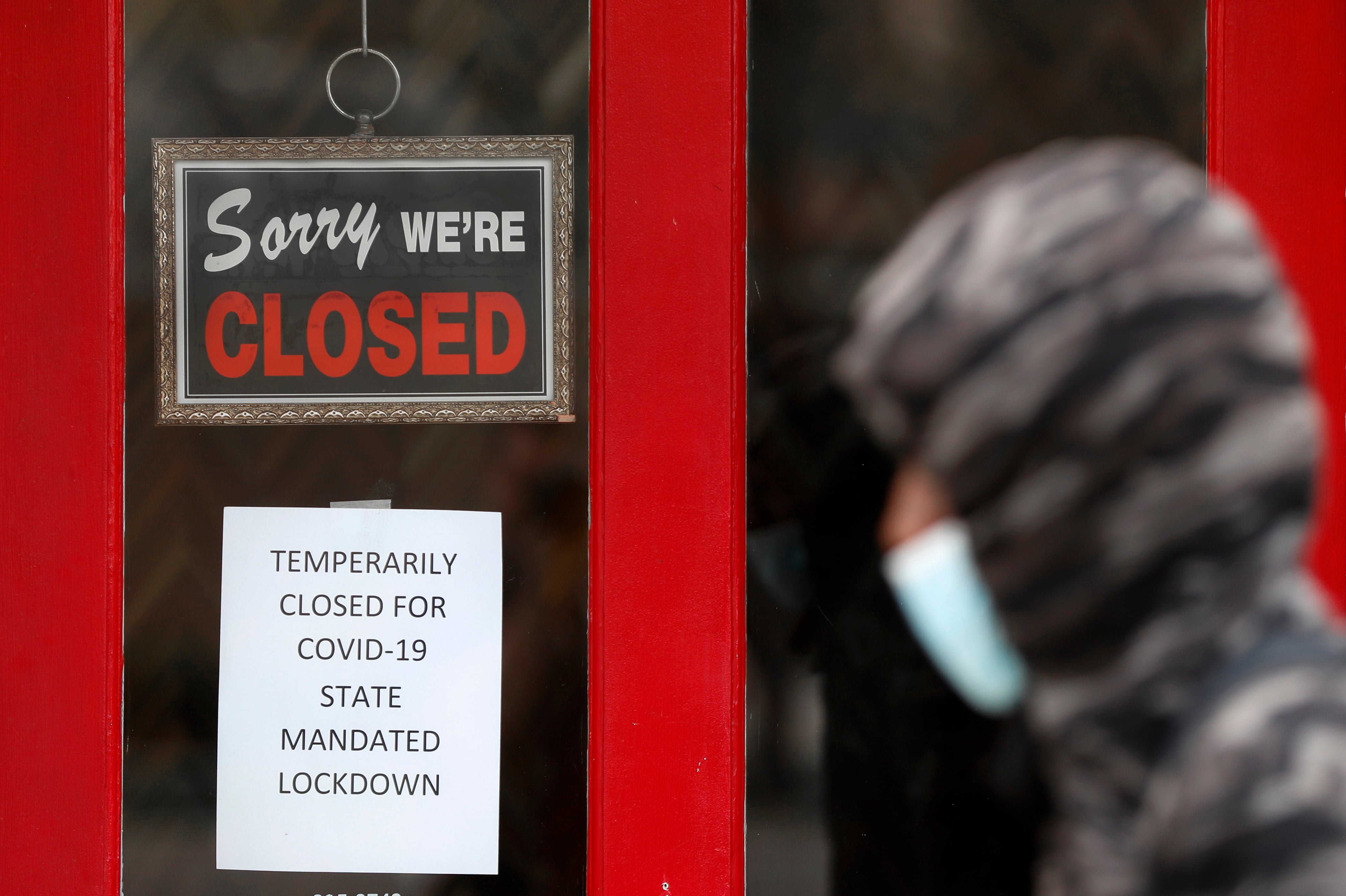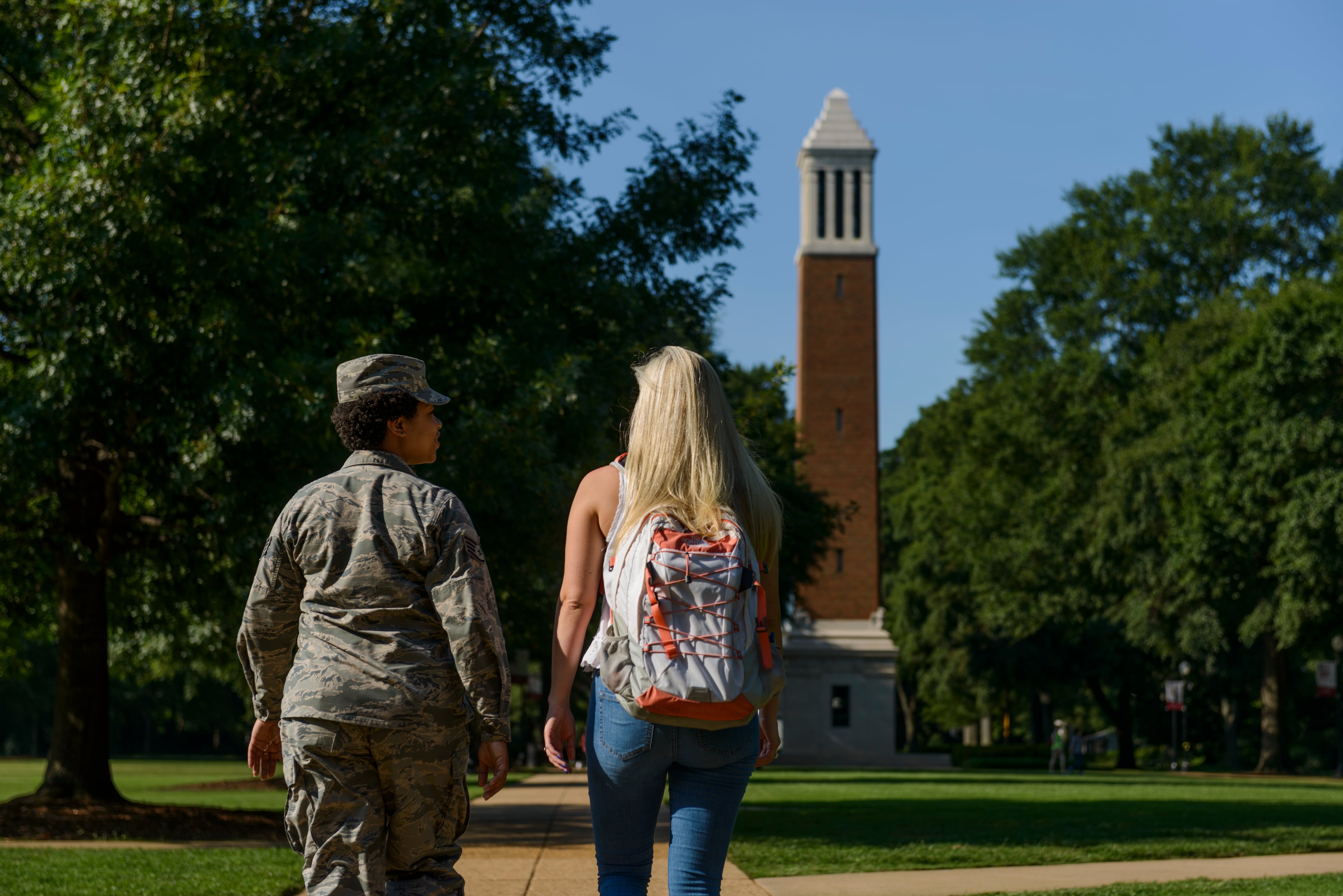The number of active coronavirus cases among Veterans Affairs patients dropped nearly 10 percent in recent days as department officials outlined plans to reopen some hospitals for non-urgent needs and visitors in coming weeks.
But some employees voiced concerns that those moves could be rushing facilities into normal operations before the virus threat has truly subsided, potentially risking the health of both patients and staff.
“You still have to keep those hot zones where we have coronavirus patients open, so it doesn’t make sense to put (other) patients right in the middle there,” said Barbara Galle, a registered nurse at the Minneapolis VA Medical Center. “We could be looking at a lot of trouble if they don't do some serious planning.”
On Friday morning, VA officials announced that the total number of coronavirus cases within their health system rose to 10,539 individuals. That’s up nearly 1,000 since Tuesday.
RELATED

More than 8,000 of those cases are veterans, and another 1,239 are department employees. The remainder are military personnel, family members and individuals from local communities that VA has taken in to help overburdened local hospitals.
So far, 827 patients and 26 employees have died from complications related to the illness. The patient fatalities are up about 7 percent in the last four days.
Despite that, VA officials reported that the number of active coronavirus cases has decreased by about 300 over the last week, to 2,678.
And on Thursday, department leaders announced a three-phase “Agency Plan on Returning to Pre-COVID-19 Operations” for the health care system. The plan emphasizes that “conditions on the ground will determine how quickly each facility resumes normal operations, and each phase of the plan is aimed at making sure that veterans’ safety comes first.”
Facilities that see falling numbers of new coronavirus cases, reductions in the rate of positive tests among patients for the virus, and increases in testing capacity will be able to start phase one — allowing some elective procedures and resume some face-to-face visits — in coming days.
“A central planning solution for resuming regular operations makes no sense here because some areas of the country will take longer to recover, while other areas have seen minimal cases,” VA Secretary Robert Wilkie said in a statement. “That’s why we’re letting local conditions dictate our next steps.”
Later phases will include rescheduling postponed appointments, allowing non-essential employees to return to work and opening VA facilities to visitors. VA cemeteries, benefits offices and other facilities will also use the same reopening standards.
In a conference call with reporters Thursday night, Galle and other members of the American Federation of Government Employees (which represents more than 700,000 federal workers, including thousands of VA staff) expressed skepticism at the reopening plan.
“It's my opinion that the administration is not ready to bring people back to work,” said AFGE National President Everett Kelley. “There has to be some planning and coming together with the unions and management to determine what is the best mode of operation to get back into the operational phase.”
RELATED

Union leaders and VA officials have sparred in recent weeks over the department’s coronavirus response, including disagreements over the availability of personal protective equipment and other medical necessities.
Employees have lamented shortages, while VA leaders have insisted that supplies have been adequate.
Under new guidance released by VA health officials this week, all department staff providing direct care to patients — either in facilities or at home — will be issued personal protective equipment. Previously, those items were given only to staff caring for active coronavirus patients or high-risk veterans.
The fatality rate among VA patients who have contracted coronavirus is about 8 percent, well above the national rate of about 5.8 percent for all positive virus reports.
But VA officials in a statement said the mortality data for their patients “cannot be used to compare VA infection or mortality rates with the community because of differences in population risk, test availability, and follow-up.”
More than 1.2 million Americans have contracted the fast-spreading virus and more than 73,000 have died from complications related to the illness.
Leo covers Congress, Veterans Affairs and the White House for Military Times. He has covered Washington, D.C. since 2004, focusing on military personnel and veterans policies. His work has earned numerous honors, including a 2009 Polk award, a 2010 National Headliner Award, the IAVA Leadership in Journalism award and the VFW News Media award.





